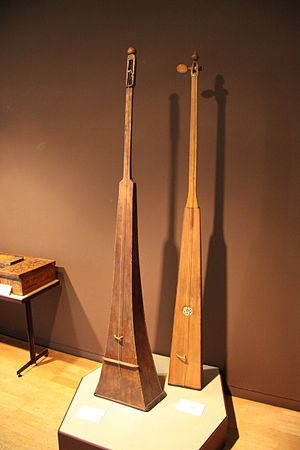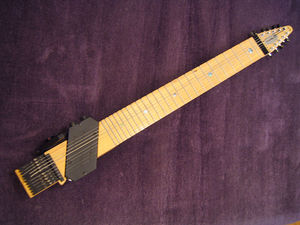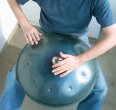William Weir writes in The Atlantic about the Margaret Guthman Musical Instrument Competition at Georgia Tech’s Center for Music Technology (previously highlighted on Mewzik), focusing on how experimental musical instruments don’t often find their way into the mainstream.
This is true, but I think it’s always been true. Instruments come and go. The tromba marina was fairly popular for a couple hundred years, if extant examples in musical instrument collections are any indication. But who today has ever even heard
of the thing? Before Amati and the Cremonese school more or less standardized what we now think of as a violin, there were lots of variations on the theme — some unique, some
actually semi-popular for a time. The baryton was a favorite of Haydn’s patron prince Nikolaus Esterházy, so there are 120 trios by Haydn for this now obsolete instrument. Some instruments like the Stroh violin were developed to take advantage of technologies –in that case the early acoustical recording process that valued an instrument’s ability to project over its tonal depth. When electronic recording arrived, the Stroh became obsolete.
In modern times we see many innovative new instruments, and it’s not clear how many will have a sustained life. The Chapman Stick has been around since around 1974, and while it is not even as popular as accordions or tubas (perhaps due to its $2100 base price), it’s still in production and continues to be fairly widely used. Other “fad” instruments abound, like the Hang drum and its imitators, spurred by viral marketing and an apparently intuitive playing technique.
Weir rightly discusses the impact of audio synthesis, essentially divorcing the sound from the controller. Many of the latest innovations in musical instrument design are focused on the user interface, attempting to make it more intuitive and functional. And in some cases, attempting also to restore the haptic responsiveness of an acoustical device.




